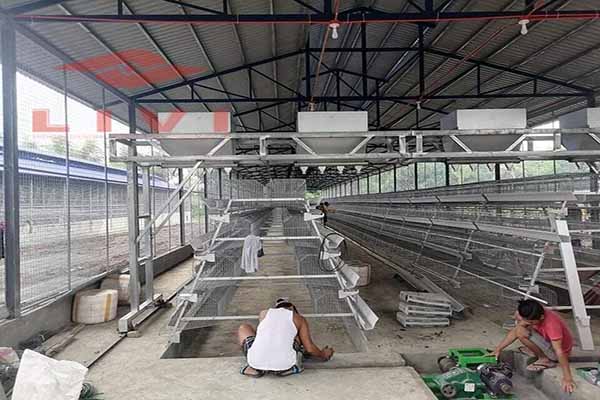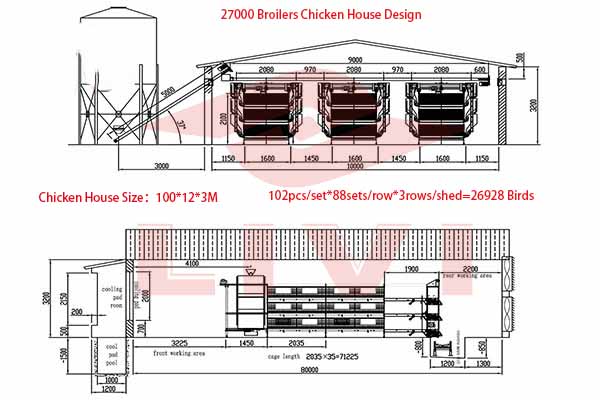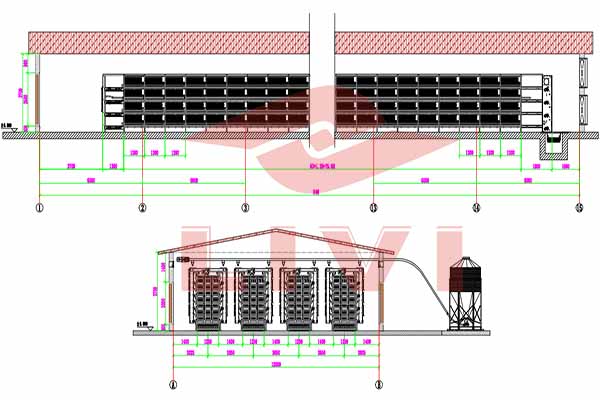Competitive Pricing Strategies for Poultry Supplies
Understanding the Importance of Pricing in the Poultry Industry
In the highly competitive poultry industry, effective pricing strategies can significantly impact a farm’s profitability. With the right approach, poultry suppliers can ensure their products are priced competitively without compromising on quality or financial stability. This article explores several competitive pricing strategies that can benefit poultry suppliers and farmers alike.
1. Cost-Based Pricing
Cost-based pricing involves calculating the total costs of production and then adding a desired profit margin. This method provides a stable foundation for setting prices. To determine your costs:
–
- Fixed Costs: These include expenses like rent, equipment, and salaries.
- Variable Costs: Include feed, medication, and utilities.
- Profit Margin: Aim for a reasonable profit margin, typically 10-15%.
For example, if your total costs are $1 per pound and you want a 15% profit margin, your cost-based price would be $1.15 per pound.
2. Value-Based Pricing
Value-based pricing focuses on the perceived value of your products to customers. Determine how your poultry is different from competitors, and price it accordingly. Consider factors such as quality, certifications, and brand reputation.
Research indicates that customers are willing to pay a premium for high-quality, free-range chicken. For instance, a study found that free-range chickens sold for 30% more than conventionally raised chickens.
3. Competitor-Based Pricing
Keep a close eye on your competitors’ pricing. Monitor their products, quality, and market position to adjust your pricing strategy. This approach helps ensure your products remain competitive while still generating a fair profit.
According to a report by IbisWorld, the average profit margin for poultry farmers is around 8%. However, by adjusting pricing based on competitor actions, you can improve your margin.
4. Dynamic Pricing
Dynamic pricing adjusts prices in real-time based on supply and demand. This strategy can be particularly effective for perishable products like poultry. Use data analytics to predict market trends and adjust prices accordingly.
Dynamic pricing can lead to increased profits and improved customer satisfaction. For example, a study found that dynamic pricing in the poultry industry increased profit margins by up to 15%.
5. Bundle Pricing
Bundle your products to create a more attractive offer. For instance, sell a mixed box of chicken breeds at a discounted price. This can encourage customers to purchase more while providing a better deal.
A study found that bundle pricing increased chicken sales by 25% for a sample of poultry suppliers.
Conclusion
Competitive pricing is essential for poultry suppliers looking to succeed in the market. By employing cost-based, value-based, competitor-based, dynamic, and bundle pricing strategies, you can ensure your products remain competitive and profitable.
For more information and a free poultry farm design and equipment quote, please leave a comment below.





